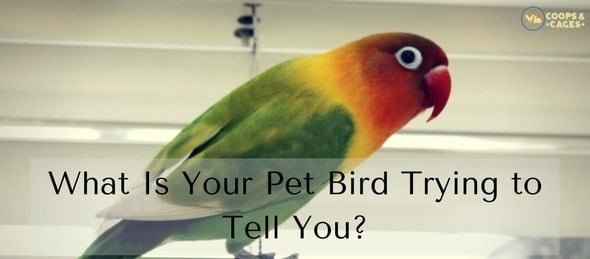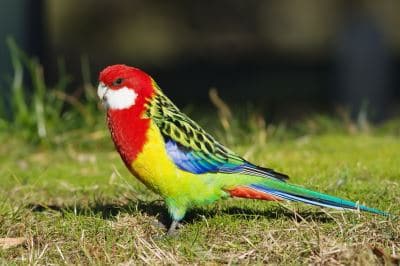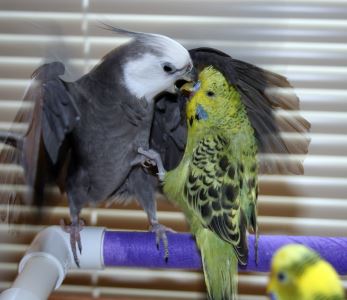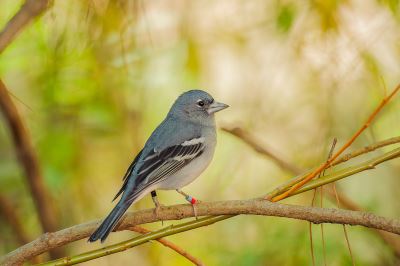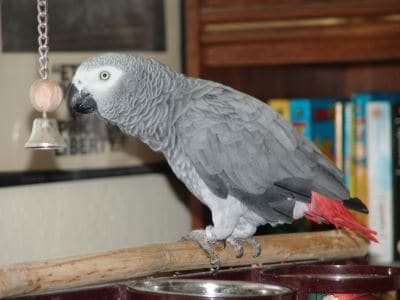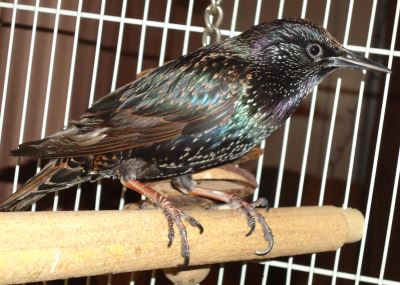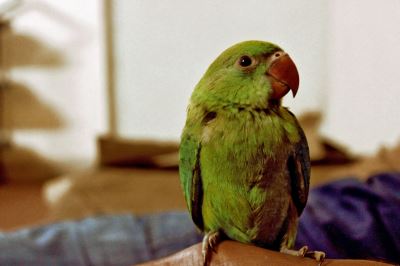Birds
What Is Your Pet Bird Trying to Tell You?
Pet birds, in general, can be moody. One minute they are playful, and then you’ll notice them demanding for your time.
More often than not, a pet bird can give you hints about his wants and needs. Although some other bird species like parrots can talk their hearts out, there are certain behaviours among all birds that help us understand what they want to tell.
Hence, be observant. Your pet’s wings, beak, tail, vocalizations, and even body posture might already be very expressive.
Flashing or Pinning Eyes
Unlike human beings, most birds could control their irises. They can shrink their pupils or enlarge them, whichever they prefer. However, it’s nothing odd. This feat is actually called “pinning” or “flashing”.
Whenever birds flash or pin their eyes, they are actually very excited for something. But it could also mean that they are aggressive or frightened.
Whistling or Talking
In their natural habitat, birds vocalize to warn other members of the flock about forthcoming danger. They also do this to protect their territory and to attract partners. Still, it could mean more than that.
If you notice your pet bird talking or whistling, he could be happy or contented. But if he does that, make sure to consider his body gestures to figure out what he really wants to tell you.
Flapping or Flipping Wings
Wings aren’t only used for flying. They can also be used to communicate with others.
Normally, when a bird flaps his wings, he is trying to flaunt his happiness or he’s merely trying to get your attention. If he flips his wings, he might be in pain or angry. But if he flips his wings, accompanied by head nodding and bending of the shoulders, he wants to be fed.
For more tips on how you can feed birds all-year round, feel free to download a copy of the ebook below.
Quivering or Ruffled Feathers
You can also tell how your pet bird feels by the way he moves his feathers. When in his grooming process, he will ruffle or fluff his feathers, helping him to keep them in their normal position. But then again, there are instances when they fluff their feathers when they want to relieve stress or tension.
If you ever notice that your pet bird’s feathers remain fluffed for a long time, it could mean he’s unwell. Thus, it is best to have him checked by his vet.
Wagging Tails
Like other pets, birds also have tails, but it’s covered with feathers. And they also use them to communicate.
If you see your pet bird wagging his tail, he is happy to see you. But again, it could also mean he’s about to defecate. So if you are planning to train your bird, this could be a useful indication.
When your pet bird bobs his tail accompanied by rapid breathing, he might be trying to catch his breath. This is very common every after a strenuous activity or exercise.
Tapping Legs or Scratching the Bird Cage
The legs and the feet are among the most useful body parts of a bird. They aren’t only used to traverse or walk around; they are also indicators of some of a bird’s most interesting behaviours.
Birds, cockatoos in particular, tap their feet to show they dominate a certain territory. They normally do this when they feel the need to protect their place against other foreign elements.
If you happen to have an African Grey, the legs and the feet can also give you hints that he is hungry. By nature, this bird species scratches food on the floor of the bird cage to forage for food. So if you notice this behaviour, you already know what to do.
Biting and Chewing
Because there are plenty of possible reasons why a bird bites, it is best that you observe the environment first to know the reason behind it. He might bite because he is angry or scared, or maybe he is just defending his territory.
But if you notice your birds are chewing, do not fret. It’s normal for them to do that as they could be entertaining themselves. If you want to keep them stimulated even more, you can provide them with chew toys.
Body Postures
To properly determine what your pet bird is trying to tell you, body posture is very important. Basically, ever posture has a meaning, so it is best to familiarize them all.
For instance, if he is bending his head in your direction as if she is bobbing, he might be telling you to pet him. But if he crouches his head down with pinning eyes and ruffled feathers, he is warning you. Therefore, stay away, unless you want to be bitten.
Apparently, birds use their body parts to convey a message to others. Although some of these messages are too obvious, it is best that you observe carefully their actions to interpret them correctly. Hopefully, with this article, you learned some things that can help strengthen your bond with each other.
Image Sources: [1] [2] [3] [4] [5] [6]



